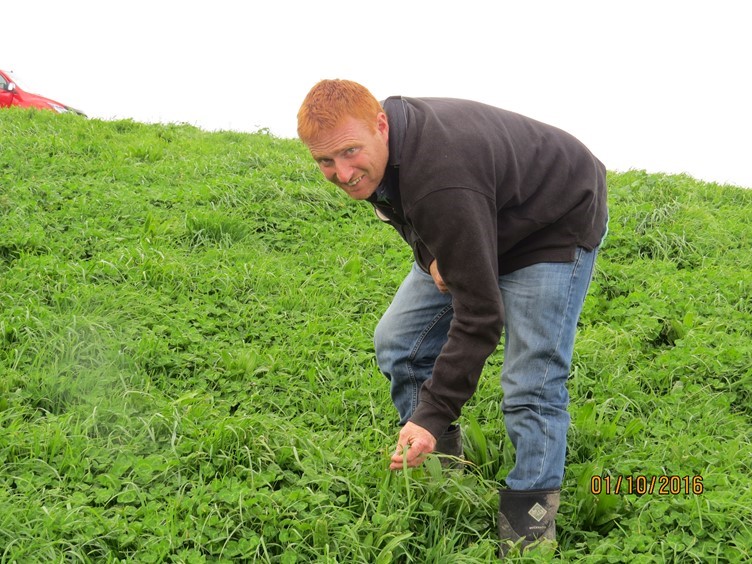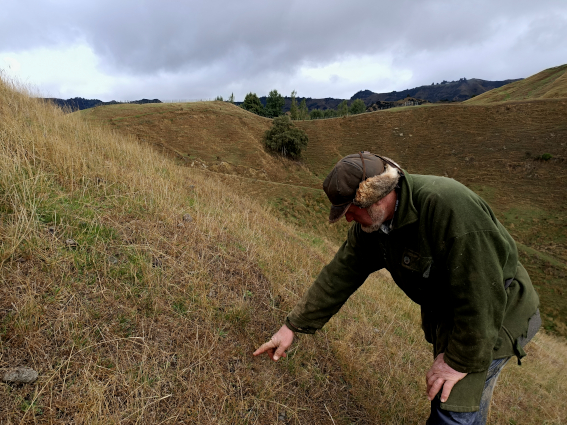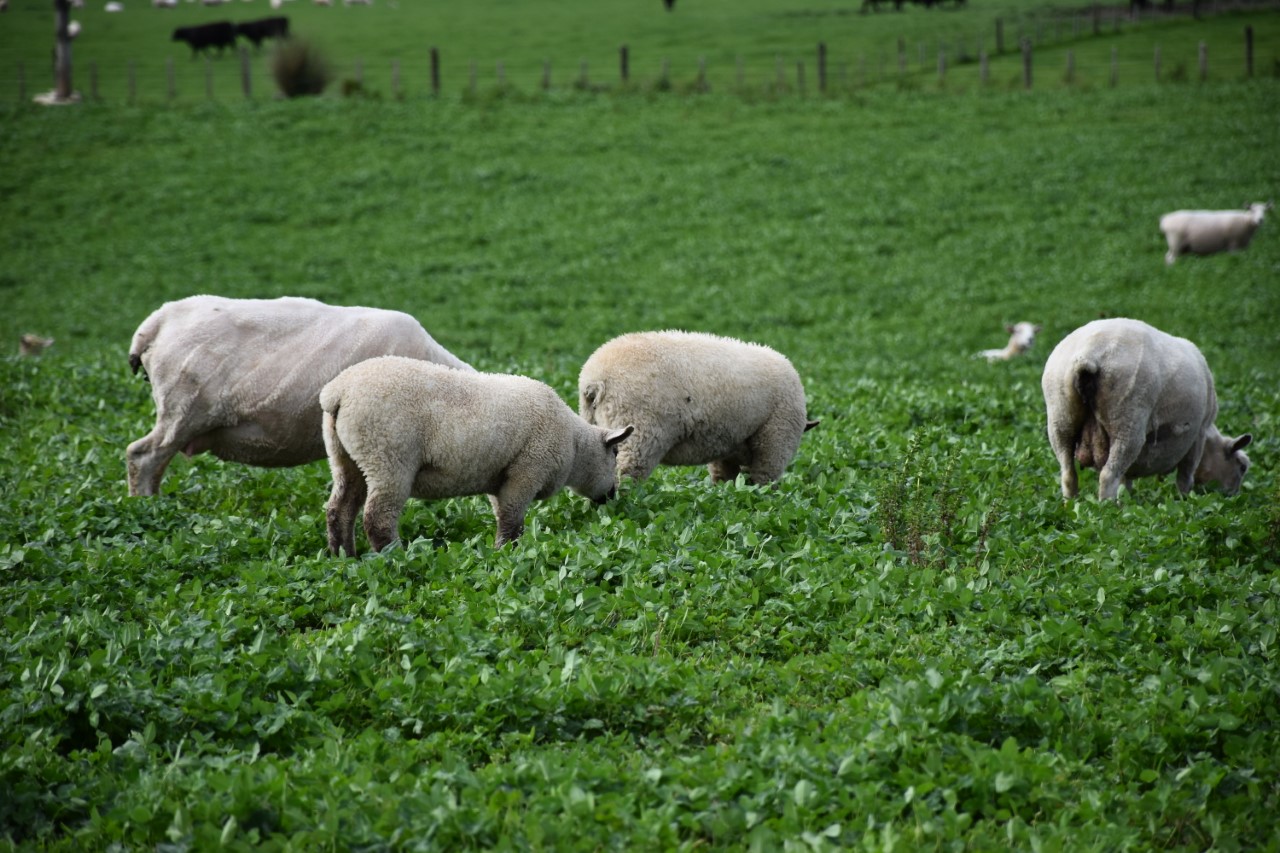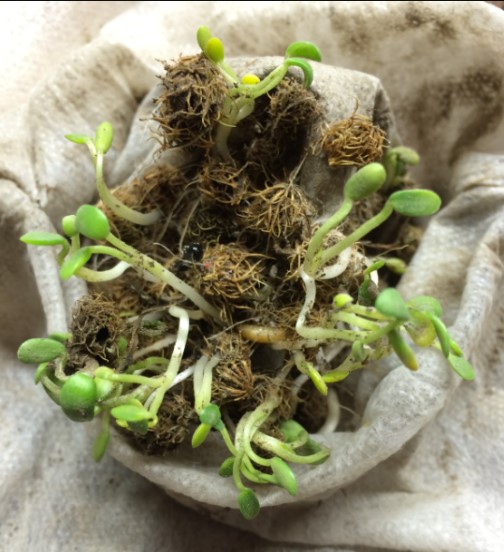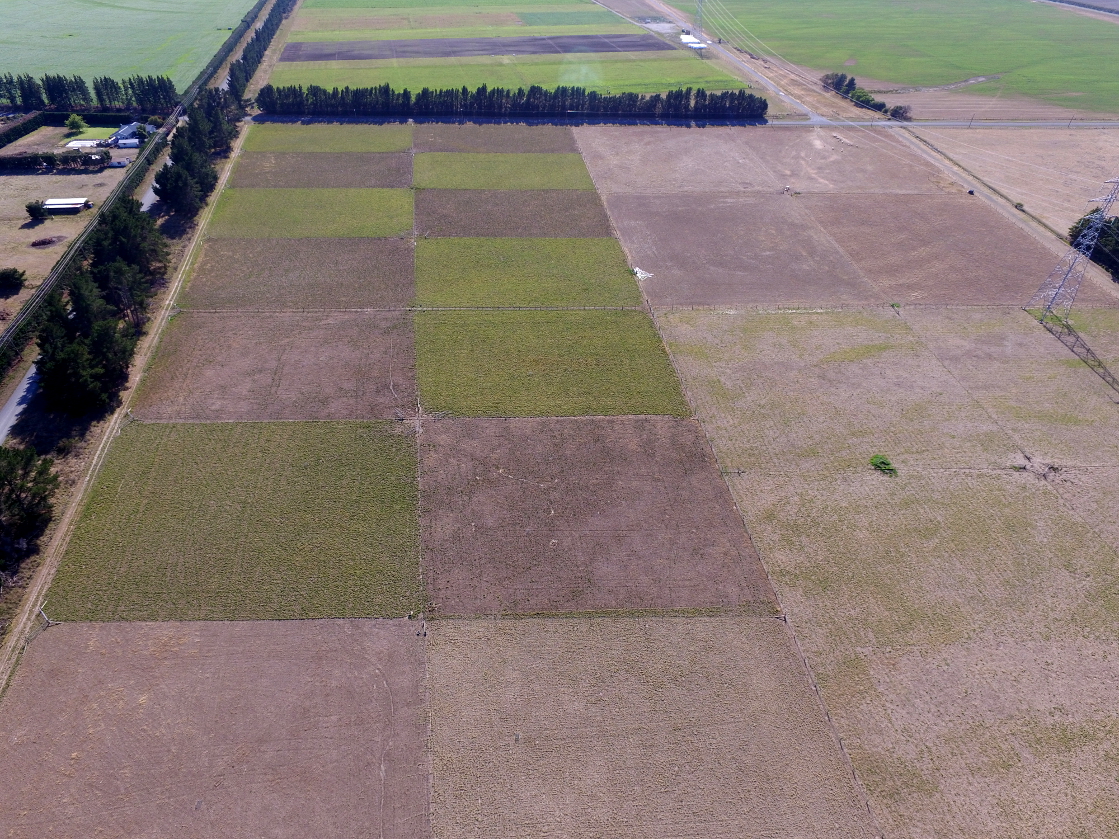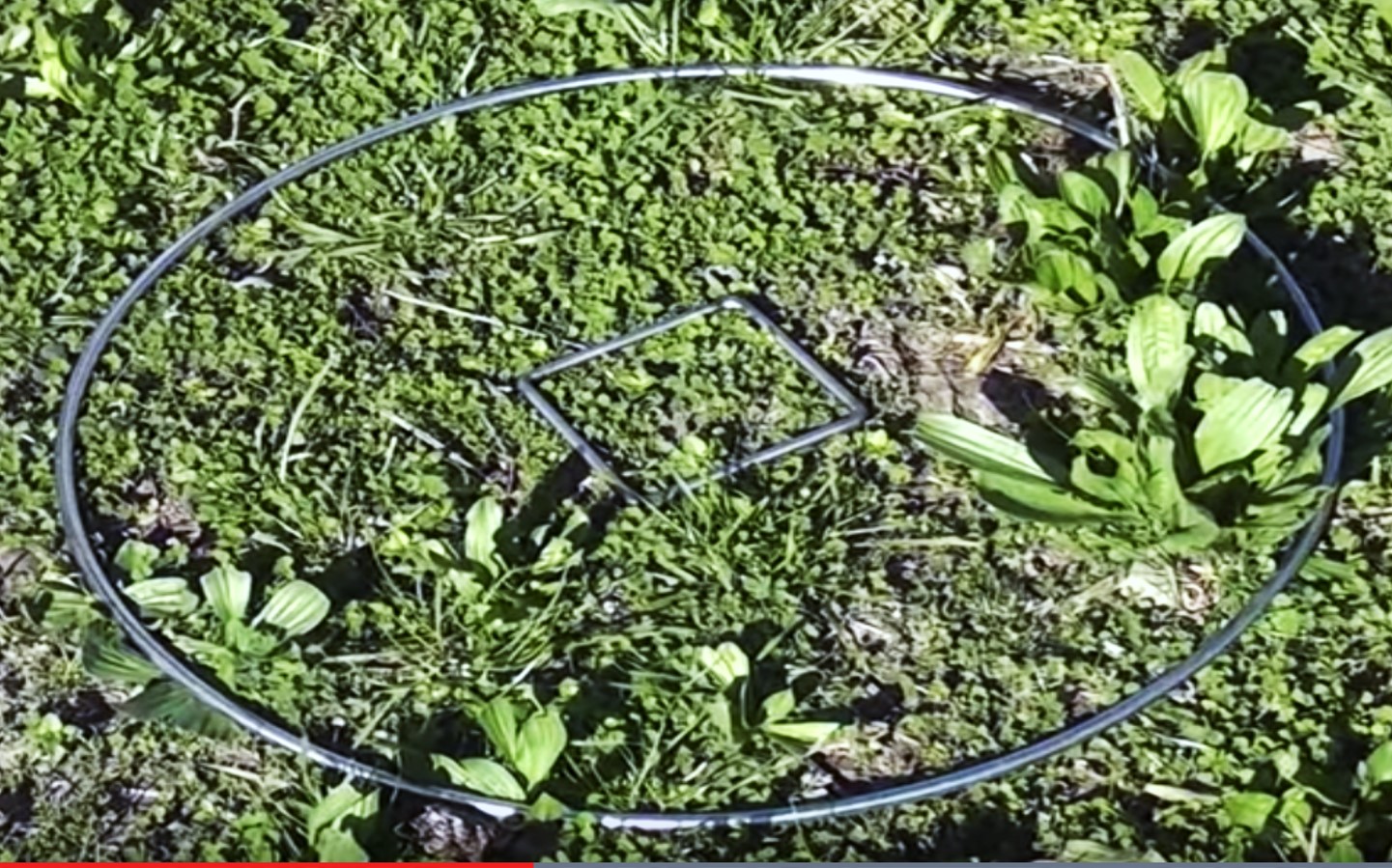Autumn at Bonavaree – Challenges and opportunities under lock down
It was great to have some rain last week – it allowed Fraser Avery some time to write about his planning for lucerne and sub clover after the first autumn rains – and to reflect on missing the opportunity to host us all at Bonavaree last week. On the farm Yes it is raining! When … Read more
